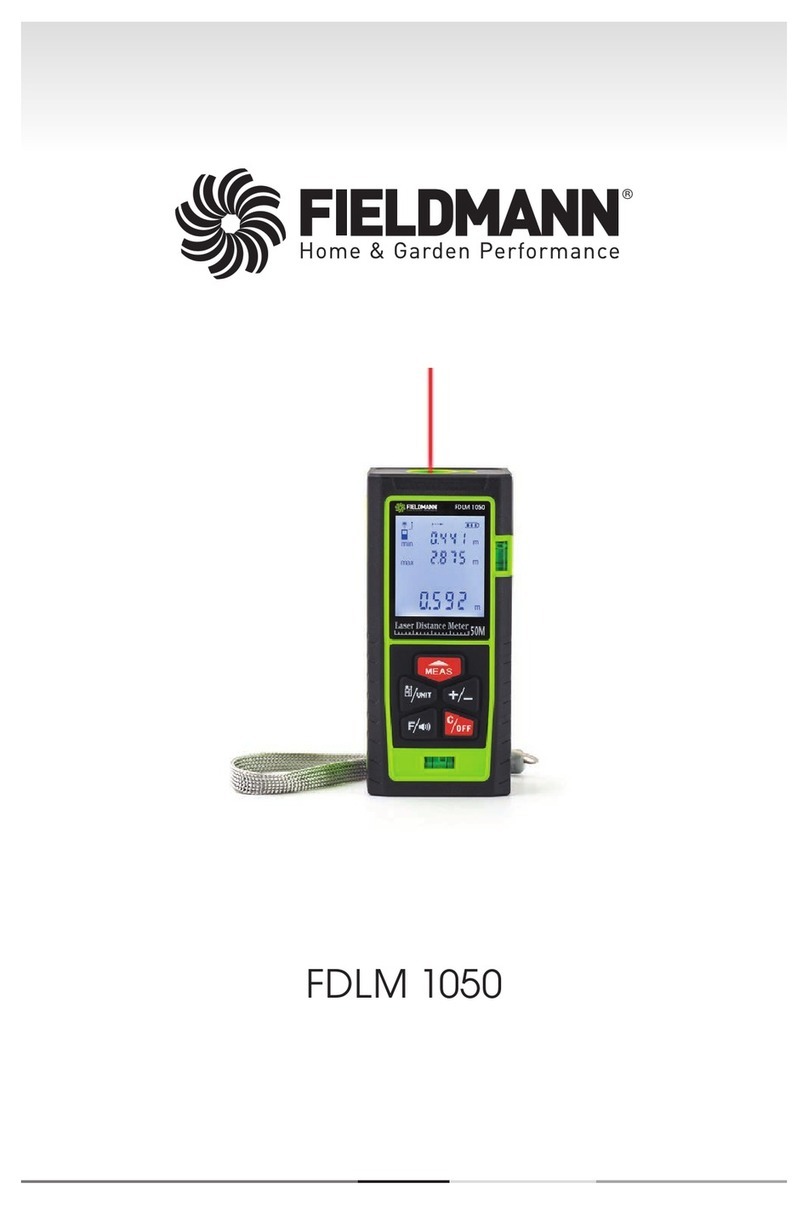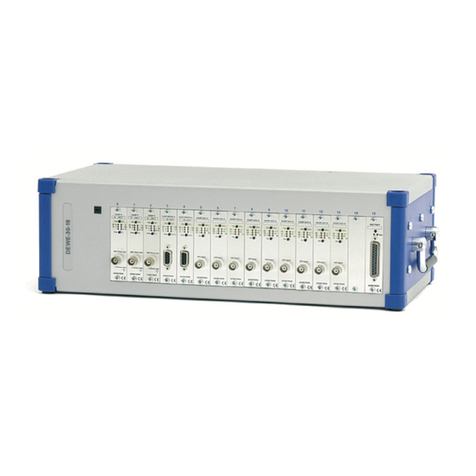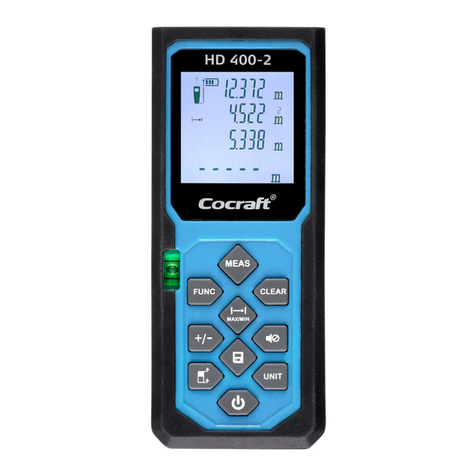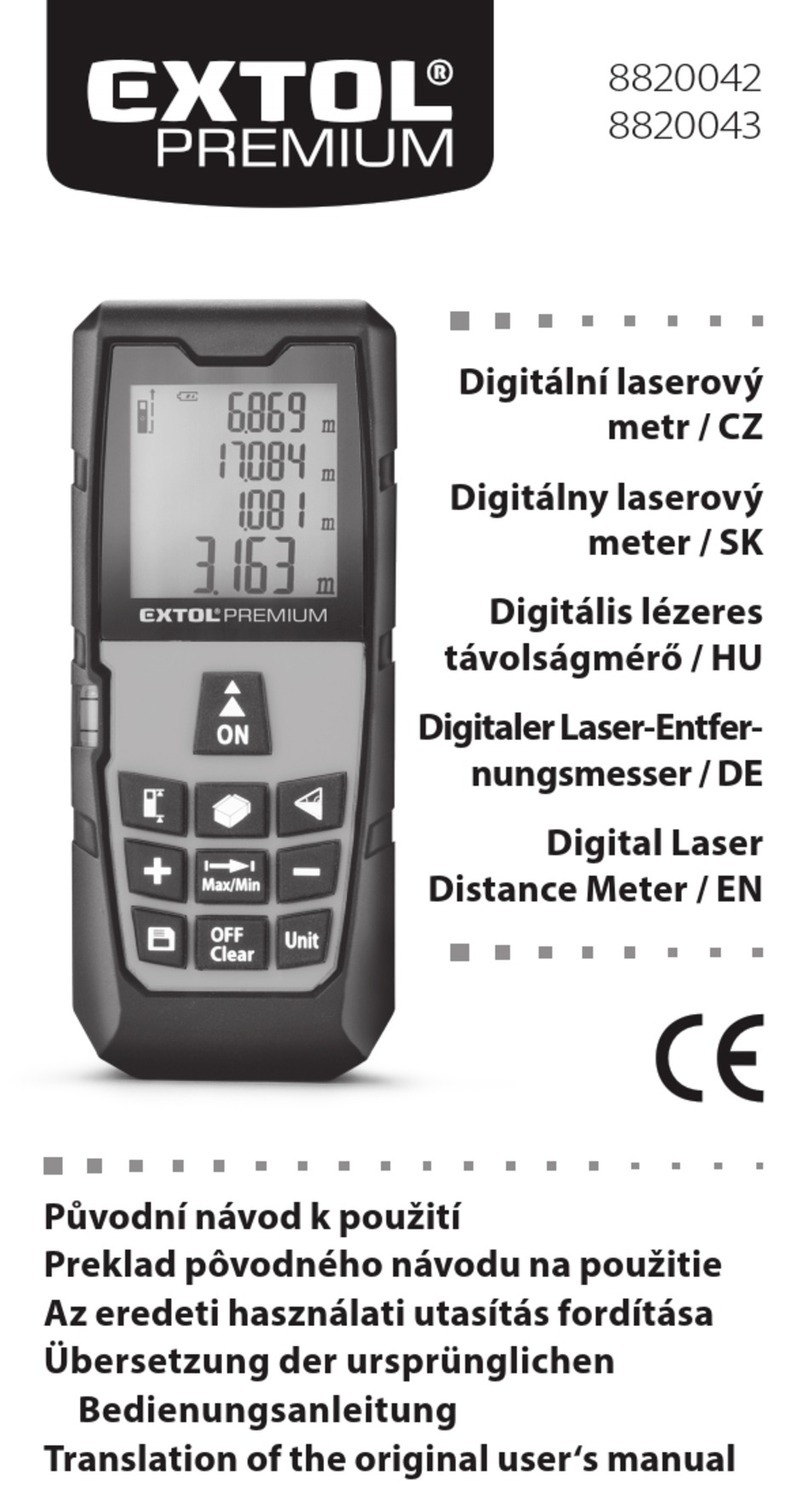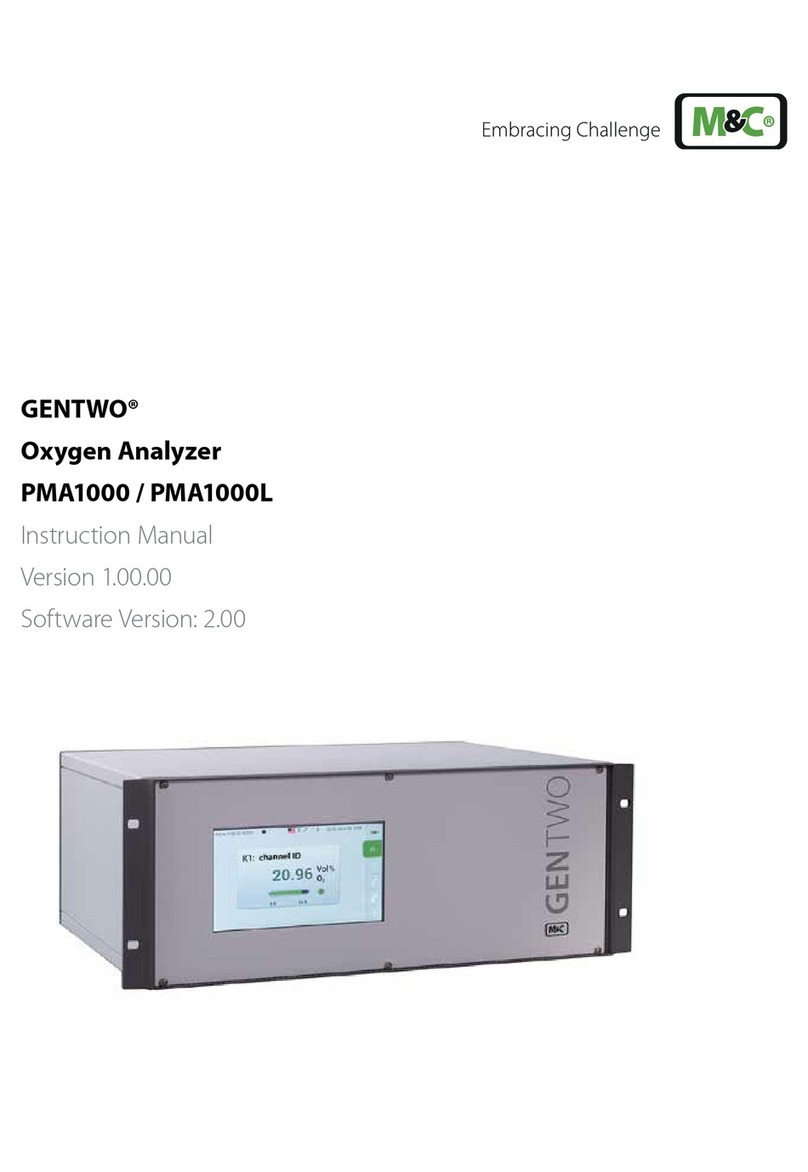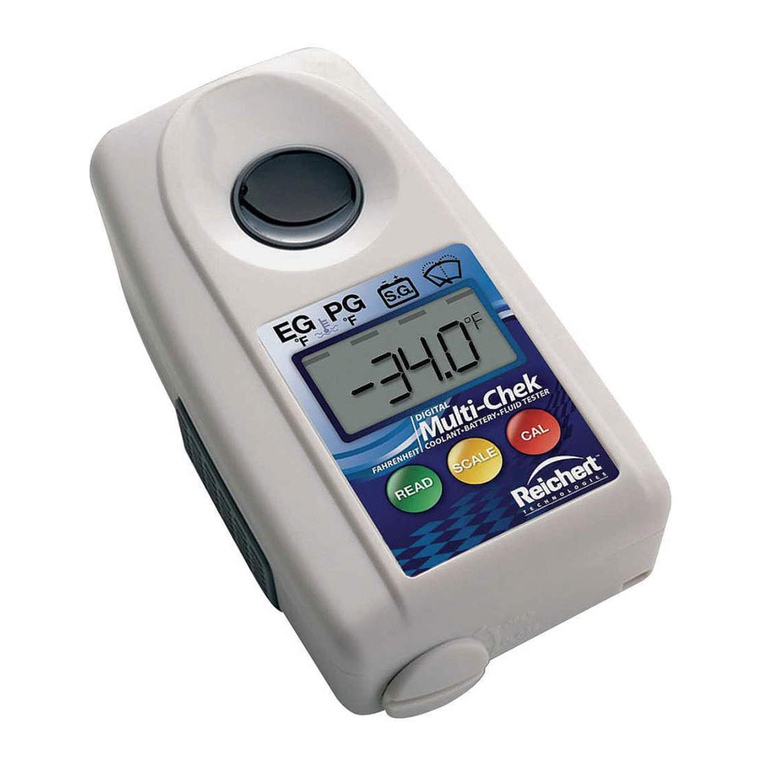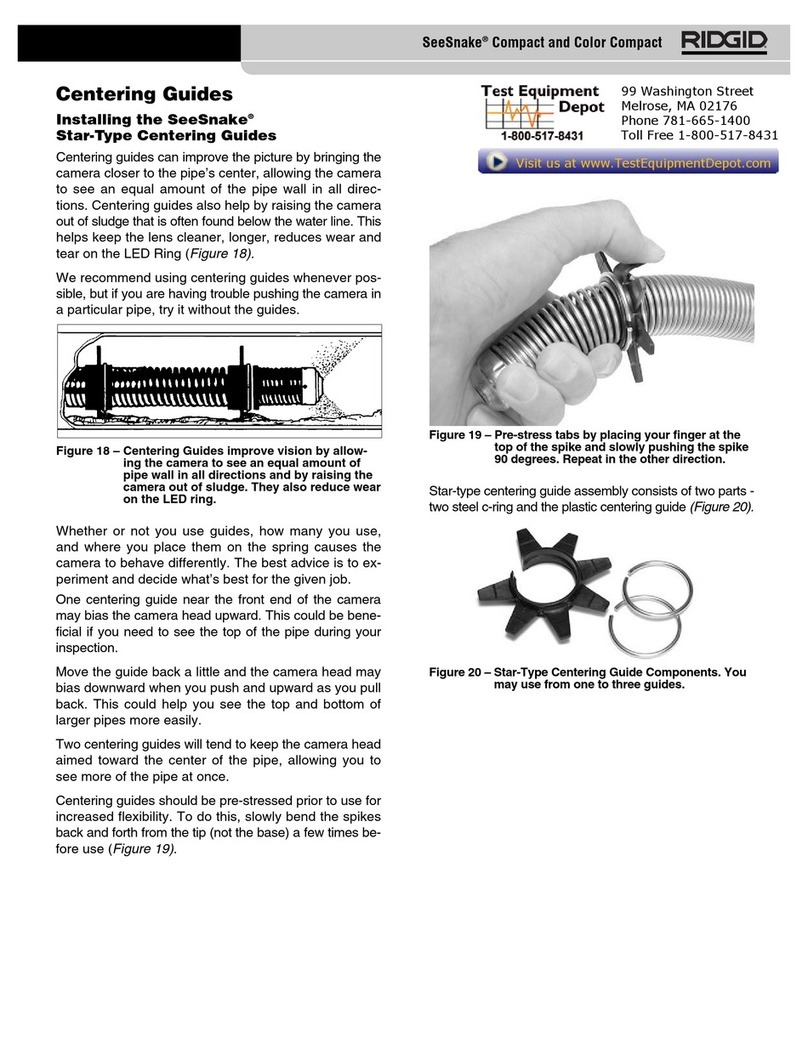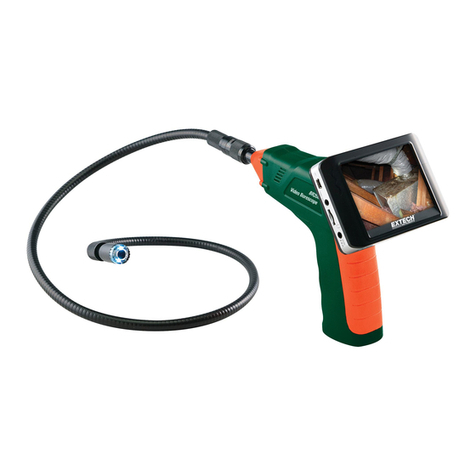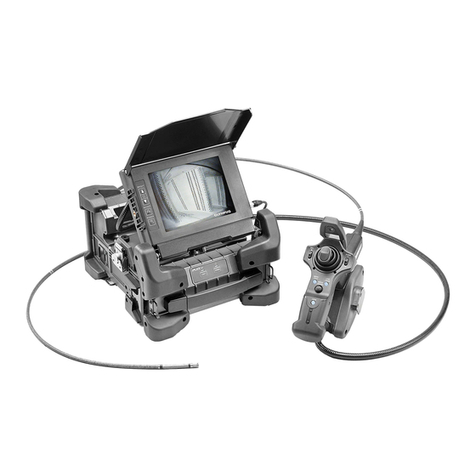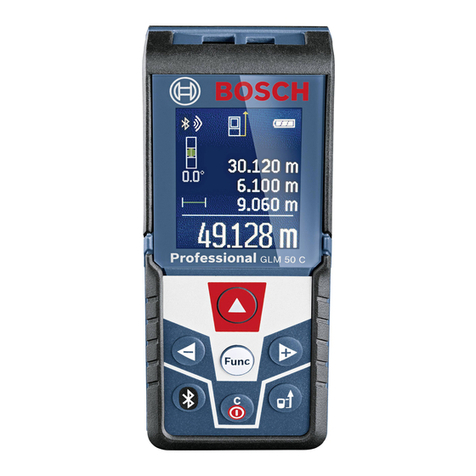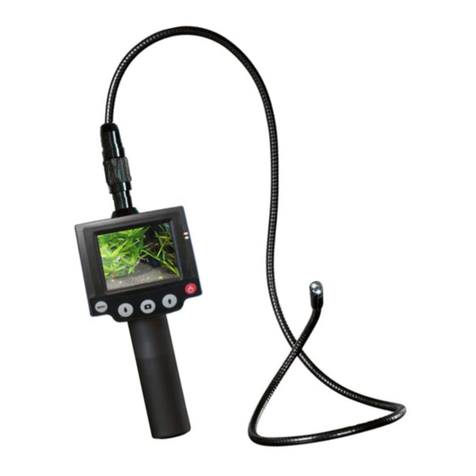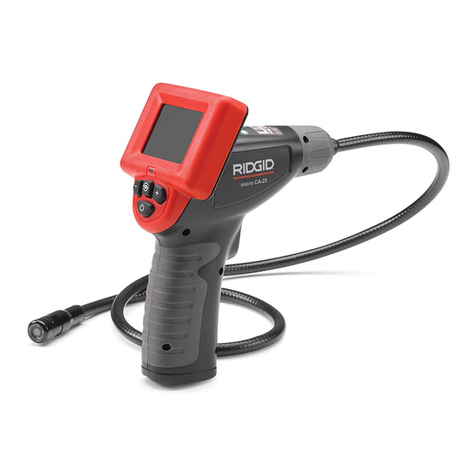
DEF-Chek
Diesel Exhaust Fluid Tester
User Guide
Sample Well
Liquid Crystal
Display
Scale Key
Read Key
Calibration Key
Battery Door
INTRODUCTION:
We at Reichert Analytical Instruments would like to extend our ap-
preciation to you for purchasing this instrument. It is our mission to
provide a quality product at a very competitive price and we feel this
instrument will prove its value time and again to you.
FEATURES:
The DEF-Chek® measures the urea content in diesel exhaust fluid
(DEF), also referred to as AdBlue™ in Europe. The DEF-Chek®
provides results that are precise to ± 0.1% by weight.
CLEANING:
Cleaning of the measurement surface and well should be performed
immediately after each sample reading. Never immerse the
instrument in any liquid. When the measurement surface and well
have been completely cleaned no residue should be present.
To properly clean the sample well and glass measurement surface
use a mild soap and water solution or Isopropyl Alcohol followed by
a distilled water rinse and then thoroughly dry with a soft lint and
residue free cloth or a product such as Kimwipes®.
To clean the refractometer’s body use a soft cloth with a mild
cleaning solution like window cleaner applied to the cloth and follow
by wiping the instrument dry.
CAUTION:
1. Due to the nature of any automotive fluids, to avoid possible
injury, Reichert recommends that safety glasses and gloves be worn
when testing any sample type.
SIMPLE SET UP:
1. Insert the included batteries with positive side facing outward.
2. Align small mark found on the battery cover with mark found on
the instrument body and insert cover as shown above.
3. Rotate the cover in the clock wise direction
until it is in the position shown to the right.
SAMPLE ANALYSIS:
Before analyzing a sample, it should be noted that to attain the
greatest accuracy the refractometer should be calibrated at the same
temperature as the envirnoment that it will be used in. As an
example if the environment that the instrument is being used in
changes by five degrees, then the instrument should be re-calibrated.
1. Inspect the glass measuring surface and well to be sure that there
is no residue remaining from a previous sample analysis. If the
measuring surface and well does not appear to be clean, then
refer to the cleaning section of this user guide before proceeding.
2. Extract the sample to be tested and apply adequate sample to
the sample well to completely cover the glass measuring surface.
Minimum sample size is 0.3 mL.
3. Allow the sample time to reach the same temperature as the
instrument. Failure to do so will result in inaccurate measurement.
4. Press the “READ” key and note the displayed value.
CLEANING PRECAUTIONS:
1. Never use any harsh cleaning agents that will damage the
instrument.
2. Strong solvents should never be used. Such chemicals will
deteriorate the prism seal and attack individual component parts
of the instrument which will adversely affect or destroy the
instrument.
AUTOMATIC TEMPERATURE COMPENSATION:
All Reichert refractometers are automatically temperature
compensated assuring extremely accurate results. Automatic
temperature compensation corrects readings over a range of
temperatures. As an example; samples taken within the working
temperature range of the instrument are corrected to a reference
temperature of 68° F (20° C). Temperature compensation is essential
because refractive index varies inversely with temperature. This
feature is used in lieu of temperature control of the measuring
surface and sample. For this feature to be effective however, it is
necessary to allow the sample to temperature equilibrate to the
ambient temperature of the measuring surface. Without allowing for
temperature equilibration of the sample the read values will not be as
accurate as they could be since the sample will be in a state of
temperature and refractive index change.
CALIBRATION:
1. Be sure that the measuring surface and well are clean as outlined
under the “Cleaning” section.
2. Apply distilled water to the measurement surface.
3. Allow time for the distilled water sample to temperature equilibrate
to that of the instrument.
4. Press and hold the “CAL” key until CAL is displayed. While still
holding the “CAL” key press the “READ” key and then release both
keys.
5. A series of dashed lines will appear and successful calibration will
be indicated when the word END is displayed.
DISPLAYING ACTUAL TEMPERATURE:
To display the temperature at the measuring surface, momentarily
press the “CAL” button while the sample value is displayed.
®
